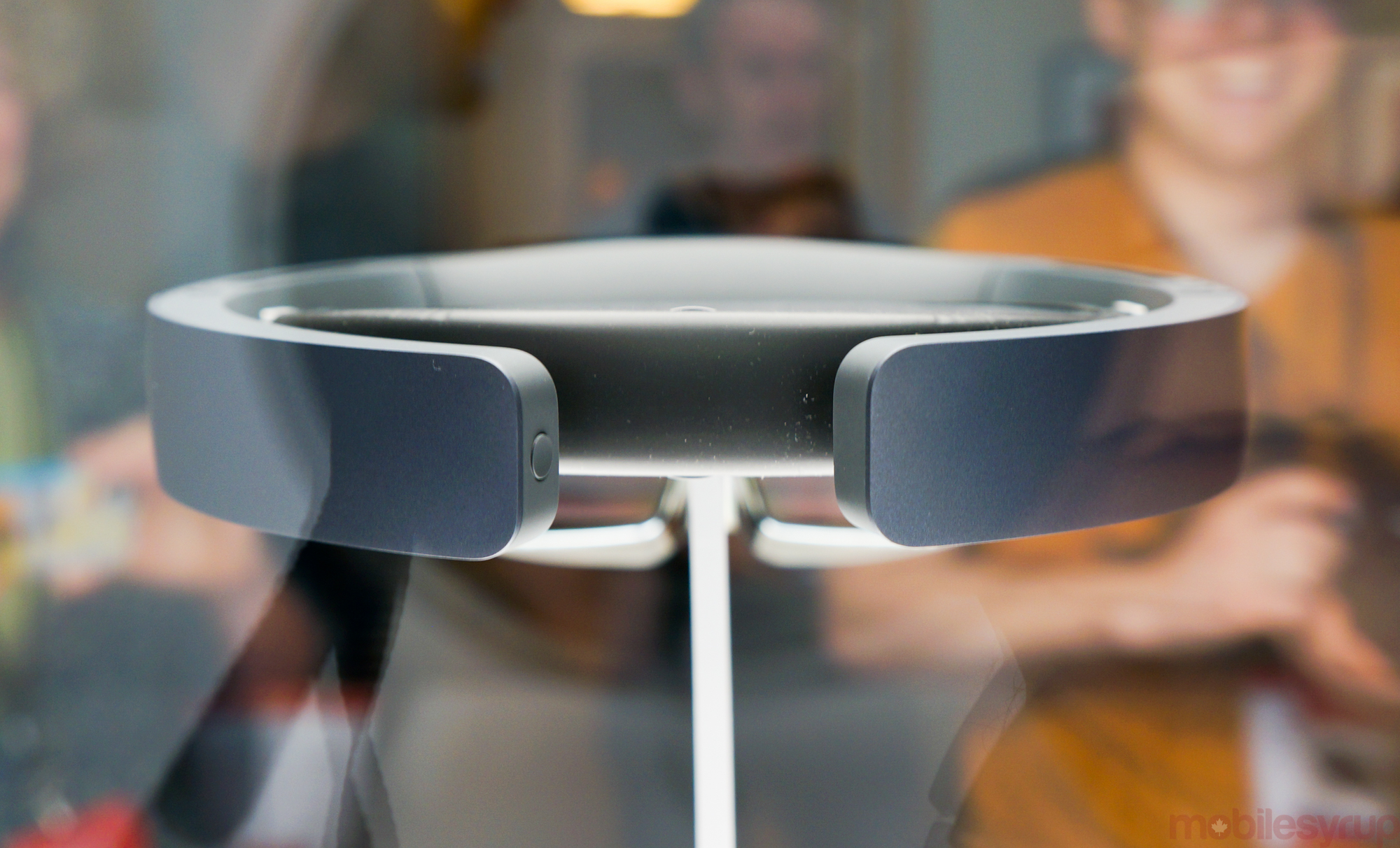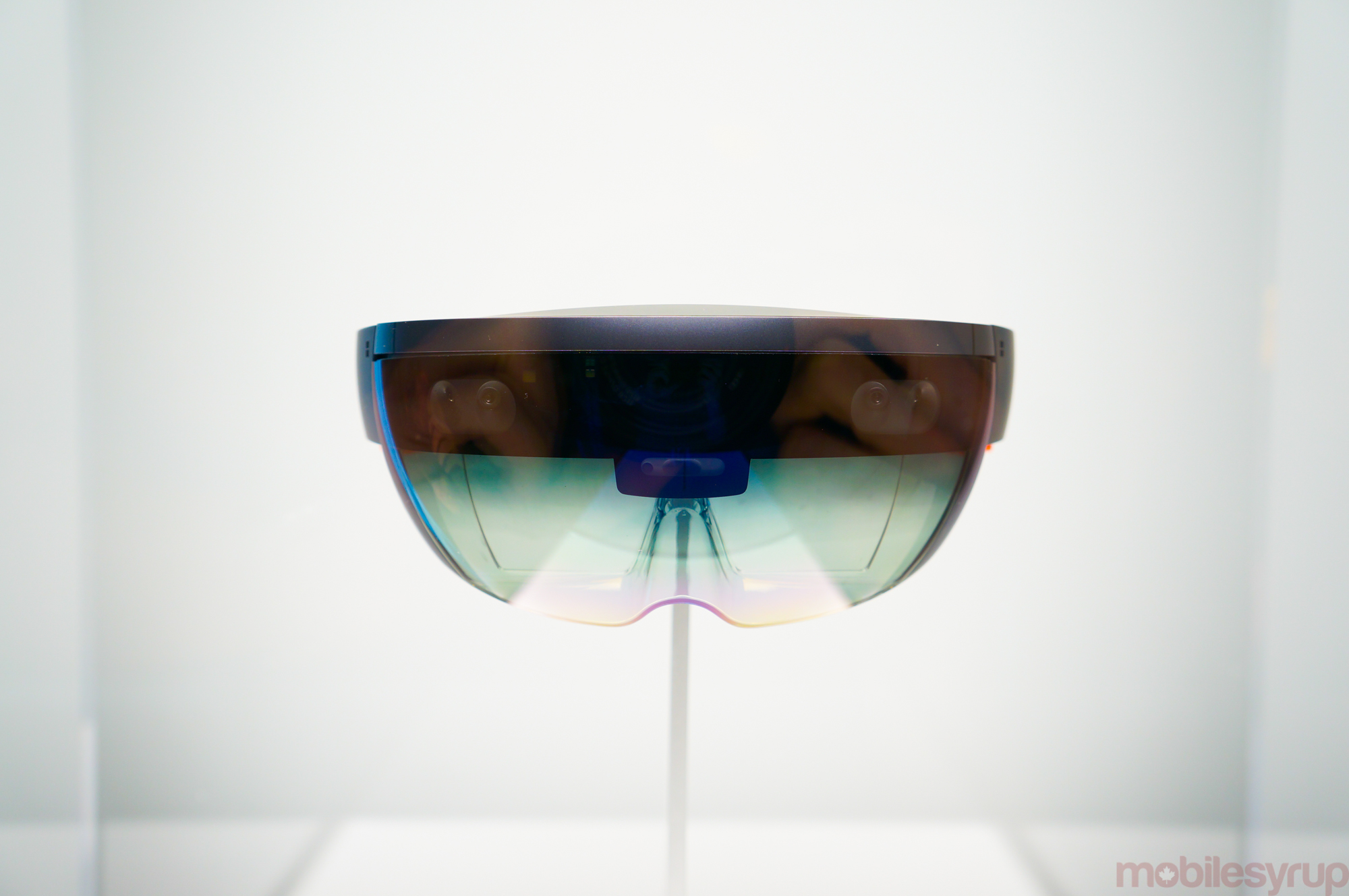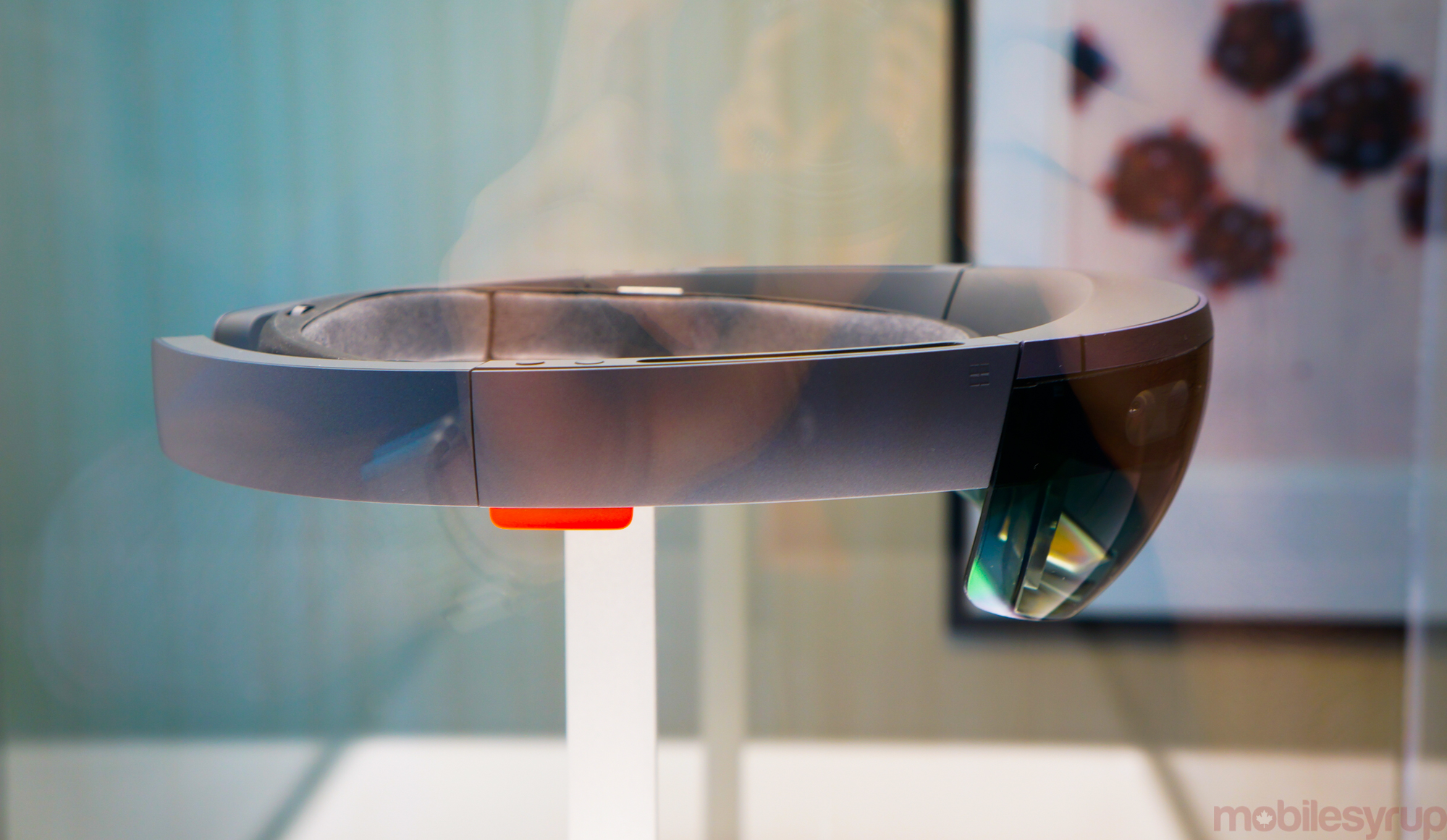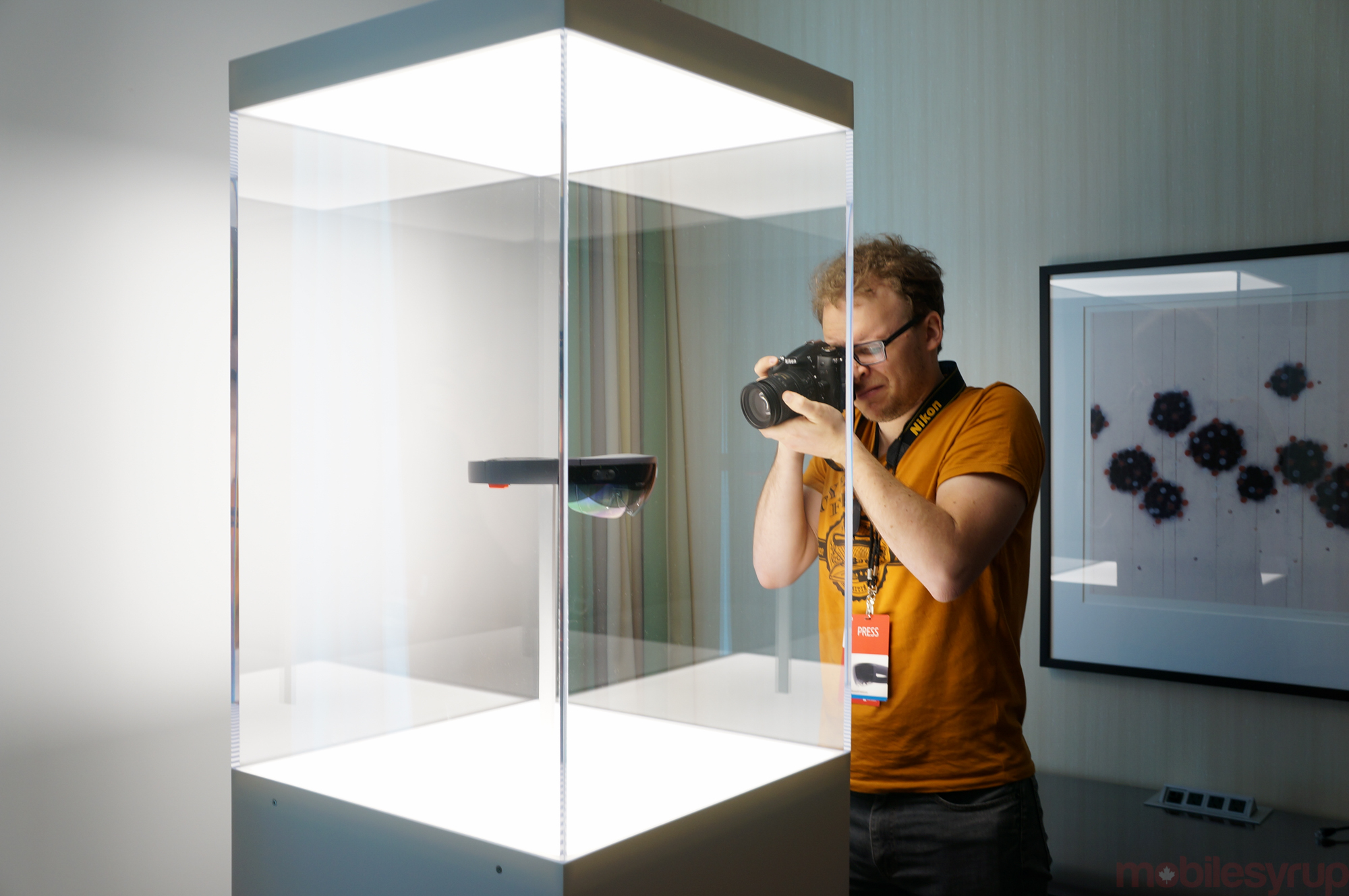
At Build this week, my “experience” with Microsoft’s HoloLens may go down as one of the most stuffy, exasperating product demos in history.
A few hundred feet from the Moscone Center, Microsoft took over several floors of downtown San Francisco’s Intercontinental Hotel, shuttling groups of five or six people through doorways and into locker rooms, all to prevent us (me? little old me?) from recording the banal and highly-scripted demo intended to trigger hype for the upcoming augmented reality headset.
The experience was so painfully awkward that it actually overshadowed the short demo itself, which proved one thing: Microsoft should not have acquiesced to the media’s hype cycle. The HoloLens is clearly not ready for people to write about it, never mind developers to code for it, so what would have been the harm in waiting three, even six months longer?
With the smell of blue paint lingering in my nose — the company emptied several rooms on the hotel’s sixth and 27th floors (and perhaps others, too) to move in what amounted to a school gym’s worth of hardware — I entered a small room where I donned the HoloLens. This happened shortly after I sat with a member of the HoloLens marketing team, who deferred questions to members of the PR team, who deferred them to “someone who will get back to you” as we had our IPD (inter-pupillary distance) measurements taken.
See, the HoloLens, much like Meta Glasses and other AR head-mounted overlays, rests a small transparent screen far enough away from your eye to perceive detail, projecting an image without obscuring the surrounding detail. If what I wore was the finished product, HoloLens is relatively comfortable, and the display quality is unabashedly high, perhaps higher than anything else I’ve seen in this category. That it is untethered from any computers or other equipment is a testament to Microsoft’s engineering prowess, especially since it appears to be running full Windows 10 apps.
The main problem with HoloLens is that the field of view is incredibly narrow: it amounts to perhaps 20% of one’s total non-peripheral scope of vision. For much of the demo, the box that held the content over which I hovered by moving my head around a scene, and precisely air-tapped with my index finger to select large, floating boxes, would disappear as adjusted my neck. A creepily-rendered mannikin named Roger showed up, from my vantage point a few feet away, as a disembodied head, though his entire torso was also rendered.
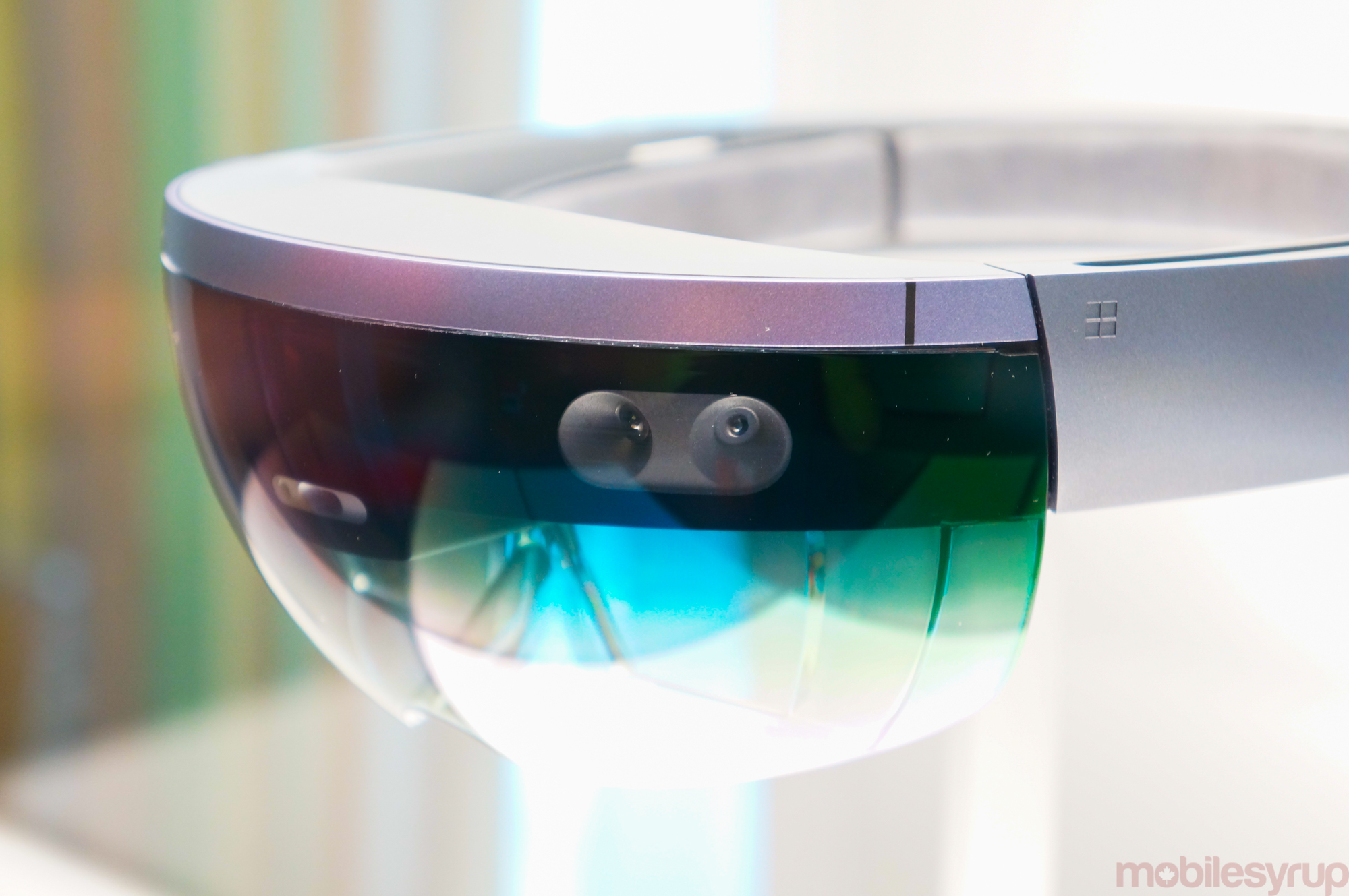
The brief demo involved using the HoloLens to interact with an architectural model, purportedly helping a planner figure out how to relocate some errant pipe during a building renovation.
It’s dry stuff, the kind of thing that I’m sure civil engineers have to overcome every day, and I can certainly see HoloLens helping tremendously in this regard, but as a demo to show a bunch of journalists it lacked anything resembling intrigue.
One highlight: HoloLens uses an audio technique called Spatial Sound to create a soundstage based on the wearer’s place in the real world relatively to the source. It’s a fascinating technology that, implemented successfully, could help make the headset as immersive as virtual reality, while not obscuring the real world around its wearer.
Before this personal demo, I listened saw what amounted to a stage play, where two Microsoft employees (or actors playing them) performed a Skype call, with one on a Windows 10 PC and another using HoloLens to interact with 3D models, and the Skype window itself, in real time. It watched them, tensely, exclaim and agree in the way bad television actors think that extra bit of effusiveness will get their point across more. It was painful.
Microsoft has a great product somewhere inside HoloLens, but at the moment it amounts to little more than a technology demo. That’s fine, but the smoke and mirrors charade didn’t much help. When the company finally releases HoloLens, it will be judged, like all pieces of technology, on its own merits, based on the varying user base it attracts. This is how technology works; you can’t so closely curate experiences, because someone will inevitably show up to ruin it.
This year’s Build was one of the best three-day conferences I’ve been to. Microsoft put on quite a show amidst two code-heavy keynotes. They know how to treat journalists, and I’m grateful for that. But transparency is a good thing when it comes to new categories, and obfuscating the true nature of an unreleased product doesn’t reinforce the magic, but ensures it is merely lost in the production.
MobileSyrup may earn a commission from purchases made via our links, which helps fund the journalism we provide free on our website. These links do not influence our editorial content. Support us here.

